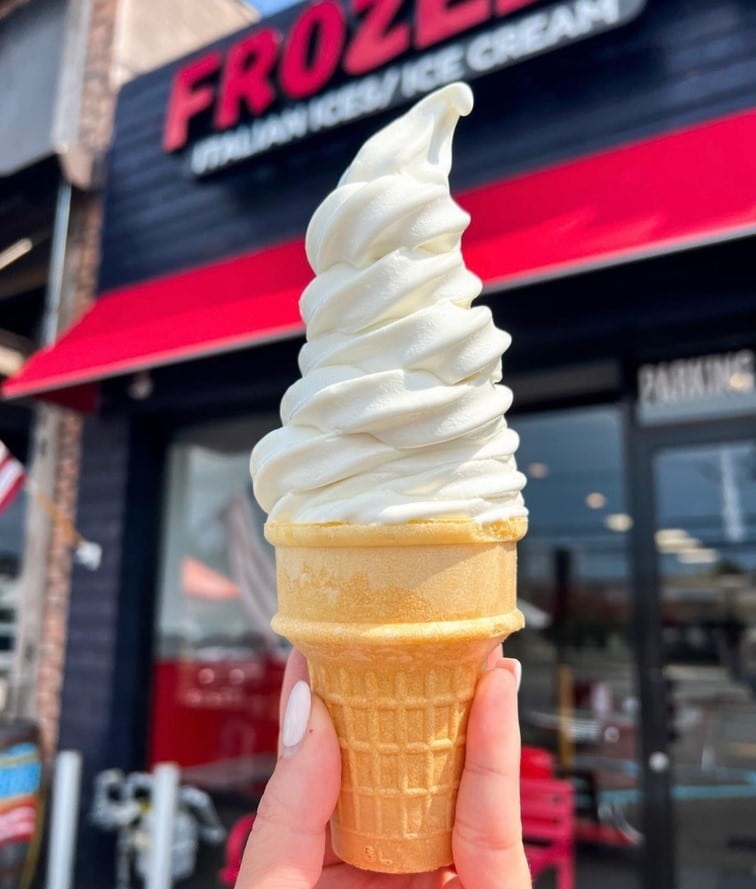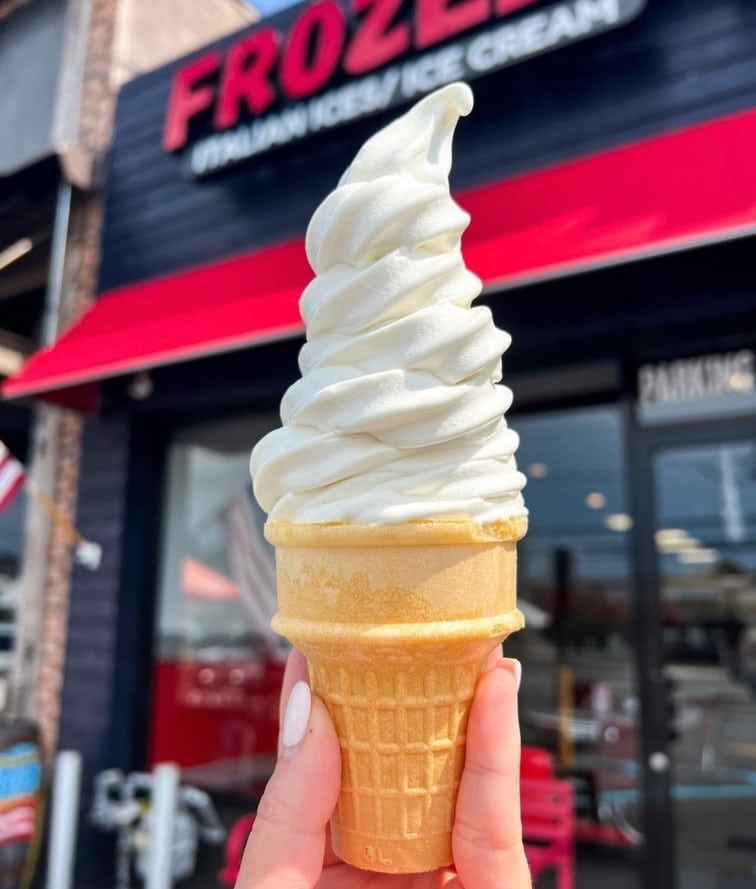We’ve all heard people refer to soft serve as ice cream. Everyone calls Mister Softee ‘The Ice Cream Man’ when they hear his jingle coming down the block, but he’s not technically selling ice cream (unless you count the prepackaged ones on a stick) – he’s selling soft serve ice cream. So, why is it that everyone seems to use these words interchangeably? Well, both are delicious, frosty desserts, that can satisfy your late-night cravings, and both tend to be made with dairy. However, the two treats have features that distinguish them from one another, and it’s not only the fact that one is soft and one is hard.
INGREDIENTS
Soft serve ice cream and hard ice cream contain essentially the same ingredients; however, they contain different amounts of those ingredients. Both soft and hard ice cream contain cream, milk, sugar, syrup, and/or flavorings. One of the ingredients, butterfat, which is basically just the fat content in milk, plays a huge factor in the difference between the two treats. Soft serve ice cream typically contains roughly 3% to 6% butterfat, while hard ice cream must contain at least 10% butterfat. Another ingredient that may get overlooked because we cannot physically see it is…air! Air plays a huge role in the making of soft serve and hard ice cream, but the content is different. Soft serve typically contains between 30% and 60% air, while hard ice cream may be even higher, especially the store bought ice cream, selling air is profitable! It free and light weight (easy to ship). We’ll talk more about this in the next paragraph.
CHURNING PROCESS
Soft serve ice cream tends to be made using liquid or powder mixes that are poured into a soft serve machine – this is where the magic happens. The soft serve is churned at a temperature of about 18-24 degrees Fahrenheit and is then maintained at this ideal temperature, or as close to it as possible, so that it is always ready for an operator to dispense. That’s the tricky part!
Hard ice cream on the other hand starts as a liquid base that gets pasteurized and homogenized to remove any bacteria. It is then cooled while it gets blended and aerated in a batch freezer, which is what increases the air content AKA ‘overrun’ of the mix. Once it reaches a certain hardness or temperature, it is dispensed from the machine to mix with any inclusions and then it is then stored between 0 and 5 degrees Fahrenheit, much colder than soft serve ice cream. Hard Ice cream is cooled down and frozen only one time and then dispensed and held in a fixed temperature freezer or holding cabinet.
STORAGE
Soft serve and hard ice cream are also stored in different ways. You don’t really need to store your soft serve ice cream because it will stay good in your Spaceman machine’s refrigerated hopper and freezing cylinder until you’re ready to use it. However, if you do want to dispense your soft serve and save it for later, you can do so by dispensing it into an air-tight container and then placing it in your freezer. Hard ice cream on the other hand is usually stored at a colder temperature and kept in a very specific ice cream freezer, like the ones that hold tubs of ice cream that you’d see at Carvel. Ice cream freezers are more ideal than regular freezers for storing ice cream because they are designed to keep icy products in their ideal shape and consistency.
COST
Technically, soft serve may be less expensive to manufacture than ice cream due to having less butter fat content. The less butterfat in a mixture, the lower the cost tends to be. Soft serve is usually made by mixing powder with water, or by using a pre-manufactured liquid soft serve that you can purchase in bags or milk cartons. Unlike hard ice cream which uses more milk fat ingredients. As we mentioned earlier, soft serve ice cream also has a higher air content than hard ice cream, increasing the overrun, which means you will get more servings out of your mixture. For example, if you are pouring 1 gallon of mixture into your Spaceman machine and your machine settings are at 55% overrun, you will yield 1.55 gallons of mix. This increases the amount of product you will be able to serve to your customers, at no additional cost to you, since air is free!
In conclusion, soft serve and hard ice cream are beloved frozen treats enjoyed around the world. When it comes to choosing which to offer at your business, considerations like time, cost, and space come into play. Both options have their advantages, so it’s time to weigh the factors and decide which treat aligns best with your business goals. Cheers!

